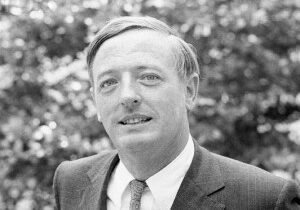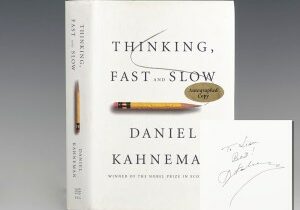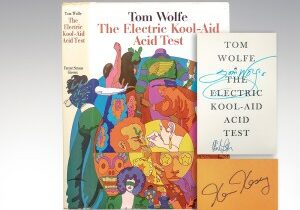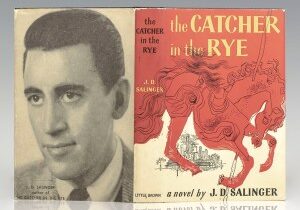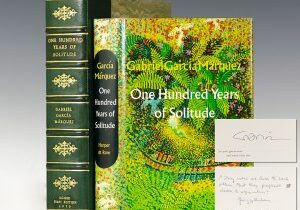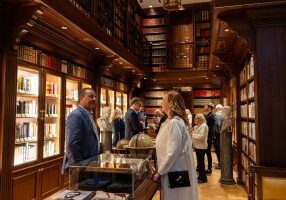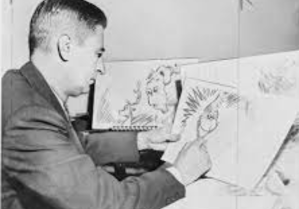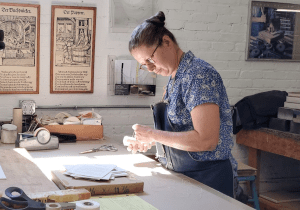One of the most celebrated figures of the Harlem Renaissance, poet, novelist and social activist Langston Hughes is widely considered one of the most important American writers of the 20th century. Through his poetry and fiction, Hughes sought not only to portray the experience of working-class blacks in America, but redefine, expand, and celebrate African American identity. This purpose he summed up in a one-sentence summary of his life’s goal in response to a request from Who’s Who in America: “My seeking has been to explain and illuminate the Negro condition in America and obliquely that of all human kind” (Rampersand, 418).
“More than any other American writer, Langston Hughes brought African American culture and traditions into American literature” (Oxford Encyclopedia, 237).
Growing up in a series of Midwestern towns, Hughes began writing at an early age. He moved to New York City as a young man where he was recognized for his work in The Crisis (the official magazine of the NAACP), and soon gained a reputation in the creative community of Harlem.
In 1925, Hughes wrote one of his most famous poems, The Weary Blues. One of the earliest examples of jazz poetry, Hughes borrowed the syncopated rhythms and repetitive phrasing of jazz music to create a vivid image of an underground Harlem bar where an old man sits at a piano playing the blues. The poem first appeared in the Urban League magazine Opportunity: A Journal of Negro Life and was awarded the magazine’s prize for best poem of the year.
Still regarded as one of Hughes’ most influential poems, The Weary Blues was one of the first works of prose to encapsulate the experience of the blues, a genre with its roots in the Deep South, not only as a form of art, but a way of life. Emerging as a distinctly African-American form of poetry, distinguishable from the work of white poets, jazz poetry was later embraced by the Beat poets and remains influential on a variety of contemporary music genres and performance art forms.

First edition of Langston Hughes’ first novel Not Without Laughter; in the rare original dust jacket
By the late 1920s, Hughes’ work had been, for over a decade, enormously influential on the literature and politics that shaped the Harlem Renaissance. At a time before widespread arts grants, Hughes had gained the financial support of several private patrons and took two years to develop and publish his first novel, Not Without Laughter. In line with his previous work which sought to depict the “low life”, that is, the real lives of blacks in the lower social-economic strata, the semi-autobiographical novel follows the story of a black boy named Sandy growing up in a small Kansas town in the 1930s.
Sandy’s mother works as a housekeeper for a wealthy white family, while his father is constantly traversing the country in search of work. Hughes said that a good portion of the novel’s characters and settings were based on his memories of growing up in Lawrence, Kansas: “I wanted to write about a typical Negro family in the Middle West, about people like those I had known in Kansas. But mine was not a typical Negro family.” Not Without Laughter won the Harmon Gold Medal in literature in 1930.
From the mid 1930s to early 1950s, Hughes published a number of novels, plays, essays, books for children and collections including his first collection of short stories, The Way of White Folks (1934), Shakespeare in Harlem (1942), Jim Crow’s Last Stand (1943), The Dream Keeper (1949), and the Simple series (1943-1965). “In 1943 Hughes created Jesse B. Semple to express the views of ordinary black men… none of his characters captures the hearts and minds of readers as did Semple, better known as Simple” (Harper, Simple’s Uncle Sam, xi).
The nearly 48 stories in Simple’s Uncle Sam, the final book in the Simple series, moved critic J. Saunders Redding to declare “that with this volume Simple had taken his place among ‘the great folk hero-gods in the American pantheon.'” The episodes “burst with references to real people, creating a graceful blend of fiction and real footage… Indelible events such as the bombing deaths of four little girls in a Birmingham Sunday School, the lynching of Emmett Till, and the murder of Medgar Evers become salient references (Harper, Simple’s Last Moves, 202).
In 1951, Hughes published Montage of a Dream Deferred, a book of ninety poems including “Harlem”, “Mother to Son”, and “The Negro Speaks of Rivers”, all three described in the Encyclopedia of African-American Writing as “anthems of black America”. Perhaps Hughes’ most famous poem, “Harlem”, features the memorable line: “What happens to a dream deferred? Does it dry up like a raisin in the sun?” The famous line inspired the title of Lorraine Hansberry’s groundbreaking play, A Raisin in the Sun.
The first play written by an African American woman to be produced on Broadway, the play introduced overwhelmingly white Broadway audiences to the details of Black life, and was the first play to draw a large number of African Americans to Broadway. Frank Rich, writing in The New York Times in 1983, stated that A Raisin in the Sun “changed American theater forever”.
Published in 1952, Hughes’ second collection of short fiction, Laughing To Keep From Crying, showcased some of the finest aspects of Hughes’ work: his “simple, direct, style, the thirst for social criticism, the balance between satire and comedy, the basic, easily recognizable plot line, and the ability to create ‘everyman’ characters” (Ostram, Langston Hughes). Its title, drawn from a blues lyric, especially spoke to how “Hughes was galvanized by the music of his people, whether blues, jazz, or religious… his specific commitment to depicting and strengthening the African American heartbeat in America… gave him a place of central importance in 20th-century African American literature and American literature generally” (Gates and Higginbotham, African American Lives, 420-22).
On publication, the stories in Laughing won immediate praise as “highly successful… each is the work of a ‘writer’ in the finest sense of the word” (New York Times).
One of the rarest Langston Hughes titles, The Sweet Flypaper of Life, was published in 1955. A collaboration with photographer Roy DeCarava, Hughes “…here composed a fictional story to accompany DeCarava’s images, creating a lyrical tale about imaginary characters to go with photographs of real people” (Roth, 138). Hailed as “an important step forward” in the history of photobooks, Sweet Flypaper of Life proved especially significant in its “design, featuring a pacy, cinematic style. It is also a book that had more impact in its cheaper paperback edition, since, radically, Hughes’ text begins on the cover” (Parr & Badger II:242).
“The book won two awards, received critical acclaim in The New York Times Book Review sold out its first edition, and was reprinted many times. It is one of the most successful collaborations between a great writer and a great photographer ever published” (Roth, 138).
In 1956, Hughes published his autobiography, I Wonder as I Wander, in which he vividly recalled the most dramatic and intimate moments of his life in the turbulent 1930s. In addition to the rare titles featured above, our collection currently includes a number of works by many notable figures associated with the Harlem Renaissance, including James Weldon Johnson, W.E.B. Du Bois, Claude McKay, and Nella Larsen.








